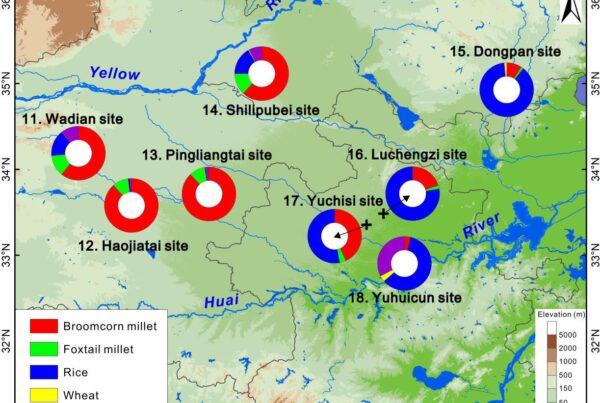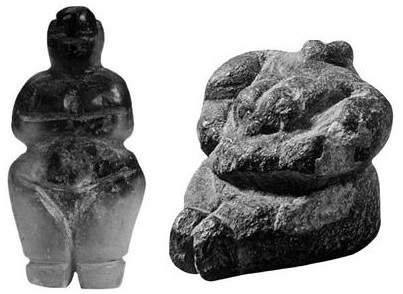by Shaimaa Sayed Mohamed El-Sayed
ABSTRACT
This research aims to shed light on the effect of the geological nature of Siwa Oasis on the deterioration of the saline building materials in it. The application is made to the Temple of Oracle and the historic Shali Castle. Sampling was made on the saline limestone, Al-Kurshef and its mortar for the determination of their compo-nents, elements and current status. Methods used were Scanning Electron Microscope with EDAX (SEM-EDAX), X-Ray Diffraction analysis (XRD), the results have shown that the halite salt is the main component of saline limestone and Al-Kurshef. The Oasis is characterized by the presence of salt lakes, as the climate is a very dry continental desert. The rain falls many times, and thus salt deposits are formed from halite salts, gypsum and other salts. The salts, mud and other deposits are forming a local saline building material that ancient people from Siwa used extensively in their unique-style buildings (called al-Kurshef), which is a mixture of mud and sediments. It is found that the salty nature and very low rainfall are most prominent in the preservation of the historical Shali castle. It has been shown that the geological nature of Siwa Oasis had the greatest impact on the damage of these ma-terials. The limestone in the village of Aghurmi, Siwa Oasis, the Temple of Oracle contains a large percentage of salts in addition to the clay minerals of Smectite, Illite and kaolin and the presence of marine fossils.
![]()



